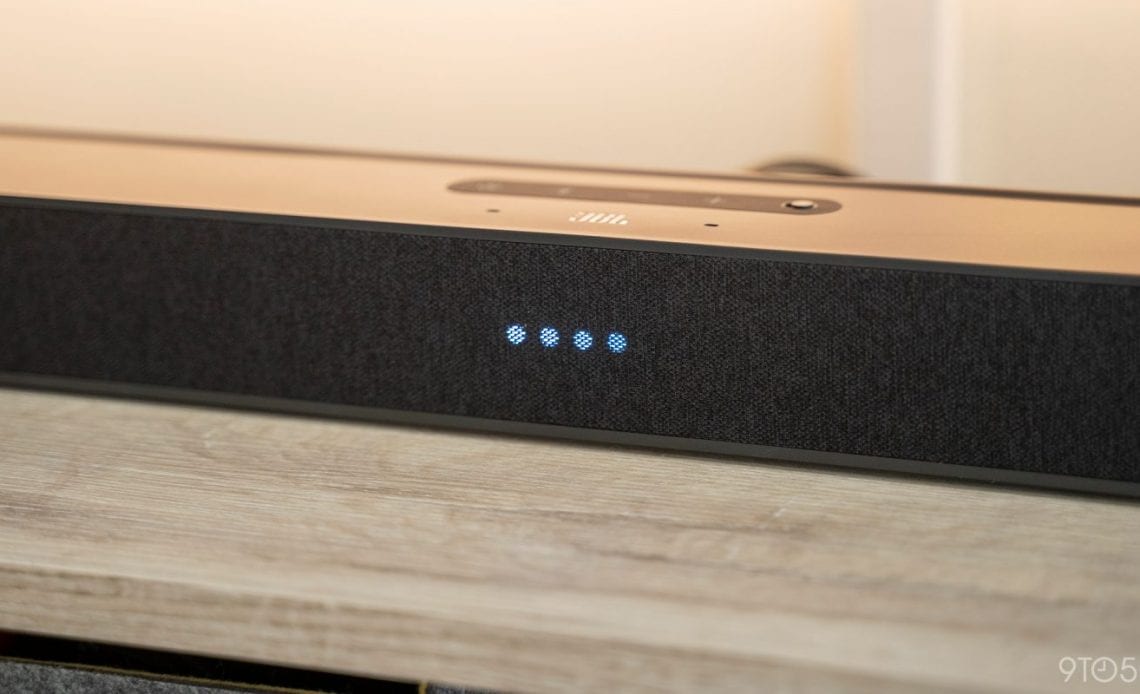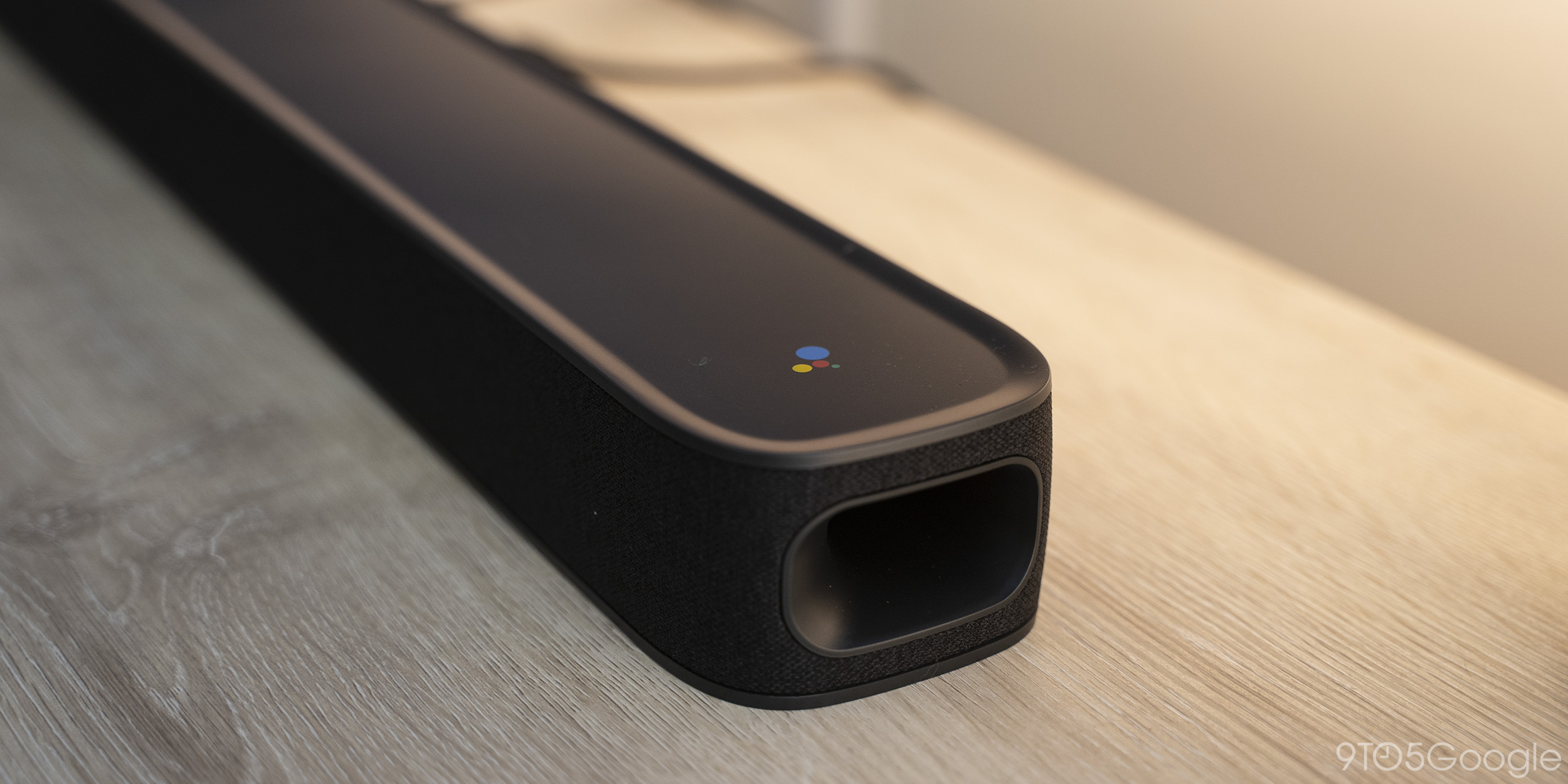
It’s been ages since an exciting piece of hardware hit the Android TV ecosystem, but earlier this summer, the first soundbar with Google’s platform finally hit the market. For the past 24 hours, I’ve been able to spend some quality time with the JBL Link Bar, and I’ve got some first impressions to share.
Being a soundbar, sound quality is very important for the Link Bar. Luckily, JBL is pretty good at what it does, and this product is solid in that department.
Sound quality is clear for speech and lows are decent enough. The only real issue is the lack of bass. It doesn’t feel strong, and since it isn’t coming from a subwoofer, it “rattles” more than anything. It’s a shame, but I don’ think it’s a deal-breaker for most. Based on my first impressions, the JBL Link Bar should be fine for most people.
The clever part of the JBL Link Bar is how it integrates Google Assistant. It works within Android TV just like any other device on the platform, but when you turn the TV off, it acts as a Google Home speaker. Nice touches like being able to switch inputs with a voice command are welcome too. The integration is well done, but unfortunately, I’ll have more to say on it shortly.
One of the things I was very concerned about with the JBL Link Bar ahead of using it was the performance. While the Nvidia Shield is nothing short of excellent, TVs and some set-top boxes with Google’s platform struggle in the performance department from time to time.
Luckily, I’m happy to report that the JBL Link Bar is pretty solid in terms of performance. It doesn’t drop frames when navigating through the interface, and all of the apps I’ve been using work very well. I’ve yet to try any games, but I’d imagine most casual titles will do just fine.
By far the biggest downside of the JBL Link Bar is the storage on board. There’s only a mere 4GB of storage to work with on the Link Bar, and after installing just a few apps, I’m already down to 2.5GB remaining. For some people, this amount will be just fine, but it totally restricts local media playback or any level of gaming considerably.
Worse yet, there’s no way to expand that storage at all. Android TV supports adoptable storage with even a flash drive, but the JBL Link Bar lacks any USB ports to take advantage of that. So far, storage on the JBL Link Bar is the aspect that’s made the worst first impression.
Another annoying downside of the JBL Link Bar is how Google Assistant actually performs. While the functionality works, it’s often pretty slow.
I’ve noticed that when the TV is off, the response is a little slower than a traditional Assistant speaker. When the TV is on, the response is also very slow, even if nothing is actually playing. More often than not, I also have to speak a bit louder for the Link Bar to hear me. Part of this could be that, just by its nature, a soundbar is placed in a location that’s not very ideal for far-field microphones.
Remotes are generally not strong suits for any Android TV boxes, and the JBL Link Bar isn’t an exception. The plastic build is overly light and the buttons don’t feel very good. Thankfully, it is very responsive. The dedicated Netflix button is also nice, as is the Bluetooth button for easily connecting a smartphone to the soundbar.
So far, I’m pretty happy with the JBL Link Bar, but based on first impressions, it feels at least $50 overpriced. Over the next few weeks, I’ll be working on a full review of the product as well. If you have any specific questions, drop them in the comments below and I’ll take them into account for the full review.
If you’re interested in picking one up, JBL’s website and B&H Photo offer the Link Bar for $399.
Author:
Source: 9TO5Google
Tags:







